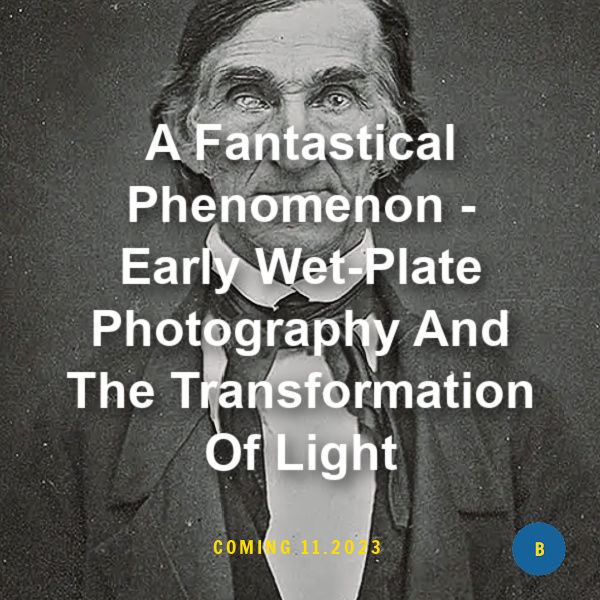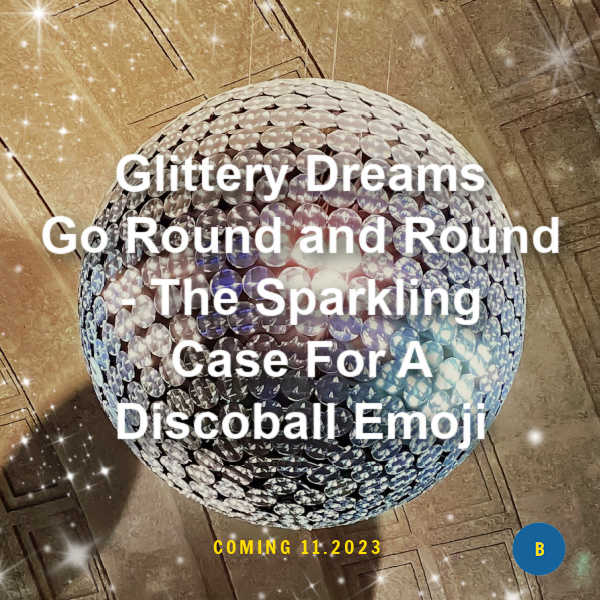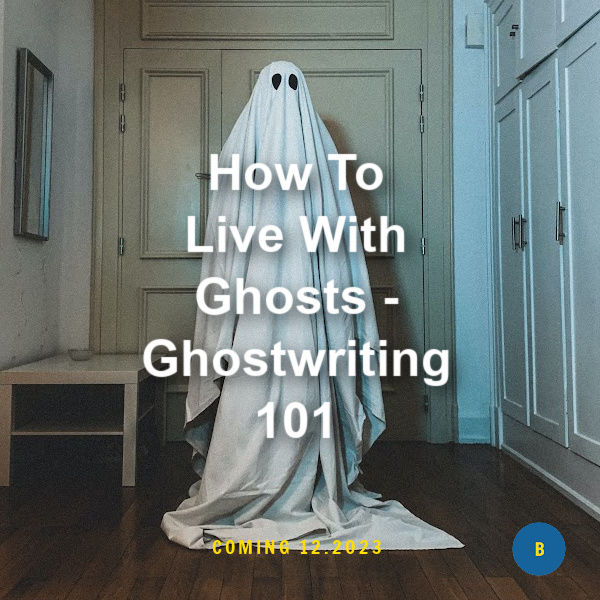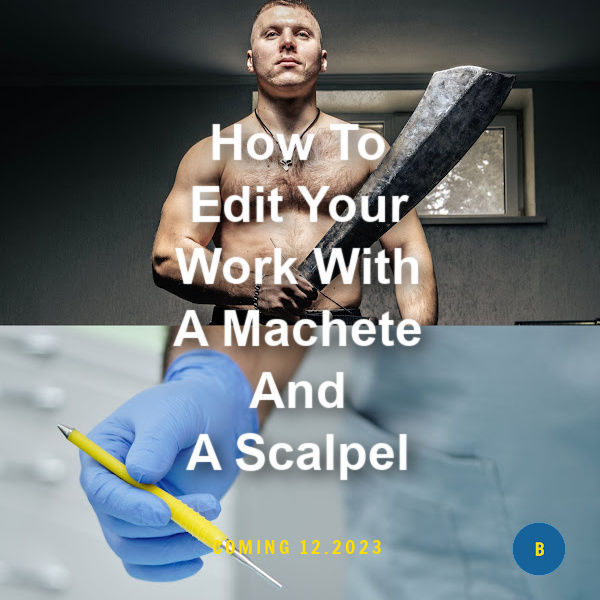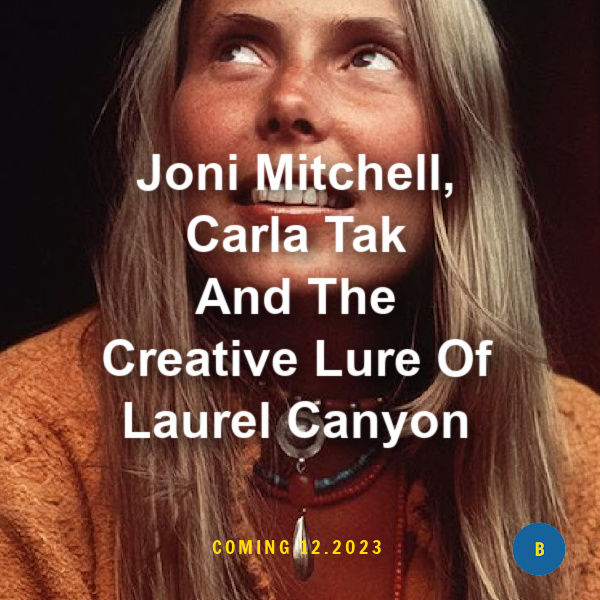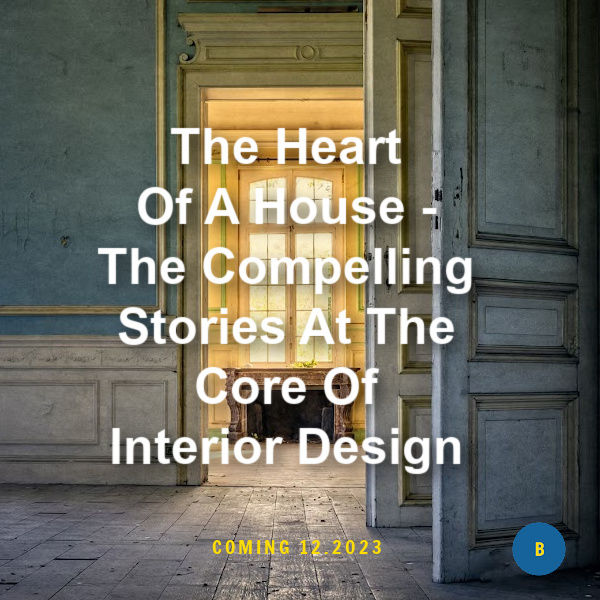BCREATIVE BLOG
RECENT POST
RECENT POST

THE ESSENTIAL VALUE, THE MISSING VOICE AND THE BIG MISTAKE IN ARTIST WEBSITES
Barry Dumka
02.24
As the online world has come to play a more significant role in the marketing and selling of art, as well as its thoughtful consideration, artists need to be aware of how their personal websites are key to building an audience of admirers and collectors. Just displaying big images on a stylish site of your fascinating and beautiful art isn’t enough. Your messaging also matters. Your personal artist voice and the words and stories used to open up awareness about your art helps the work sink in and resonate with viewers, with readers, with people who have a curious mind and open heart and want to know and feel more about an artist and their work. In this post, I offer some ideas and guidance for what artists (and creatives of all kinds) should consider when establishing their online identity.
Artist websites are playing a more pivotal role in the art and sales ecosystem in recent years. Particularly since the pandemic, the online art market has amped up as a growing community of collectors and curious art lovers has become more comfortable and considerate about buying art through online platforms. In 2023, almost 20% of art sales were exclusively made via digital media, whether through gallery websites, 3rd party art platforms or directly from artists personal websites.
It’s important to remember that a personal artist’s website is their marketing linchpin. No matter if their work is represented on a gallery website or only sold through dealers, and no matter what an artist does to promote themselves through social media, a website is where you have the most direct and compelling relationship with an audience. Art-loving audiences seek out insights, information and inspiration by visiting artist sites which can be key to stoking curiosity, building stature, creating community as well as making sales.
Let me emphasize – CAN be key to stoking curiosity, building stature, creating community as well as making sales.
Too often artists miss out on a website’s full advantage by limiting it to only their featured art and a few scraps of overly dense written information. Maybe a shrunken bio mentioning academic credentials, awards, exhibitions.
Certainly your beautiful and exceptional art is what gets immediate attention, especially if represented by high-quality images on a stylish site.
But authenticity and resonance and a meaningful connection is inspired by what gets said about the work and the artist. People are curious hearts – they seek to know and feel more from an experience. Art is incredible as it prompts an immediate visceral reaction – wow, I love that! – but to engage an audience and build toward a sale, or a loyal admirer, requires more personal insight and a more relevant and relatable message.
And an artist’s website should – in some manner and length – include the artist’s voice. With a message that breaks through. Unfortunately, old school Artist Statements became so riddled with slick language that artists now often skip doing them and say nothing. That silence isn’t golden – it offers no enduring value to the consideration of the art and artist. And writing for a select, academic, or curatorial audience is often what makes the appreciation of art so off-putting for many wannabe admirers (and buyers). As if considering art is more akin to an academic exam than a meaningful experience.
Even if you choose to work with a professional writer to achieve the language that best represents your motivations, just make sure you say something real and interesting and relatable and, hopefully, inspiring. People want to be inspired by art and artists – so feed that need.
The big mistake – for marketing purposes – that artists make with their personal websites is to not include enough messaging content. First, unlike the casual words that often are written to accompany an artist’s Instagram or social media post, words on a personal website offer perennial value. They’re not ephemeral like social media content. Plus, they are searchable which helps greatly with Google. And the algorithms love fresh content – which is why a blog (of any sort) is so beneficial to marketing.
An artist’s bio is another opportunity to say something that resonates with an audience. It’s not just about your exhibition history or extensive credentials. It’s about you the artist and individual, you the curious creator and thoughtful self and change agent. Artist’s can get (too) used to the strict language often found on commercial gallery websites – but those sites represent a range of individual artists so the messaging needs to be more uniform and sluggishly professional. On their own sites, for their own distinct purposes, artists can and should say more.
There’s also a huge advantage – for reputational stature and also for relating to an audience – to include an insightful narrative, such as a review or third-person article, on a personal artist’s website to give a lift and lilt to a particular collection of art. Whether for a new collection or an exhibition of paintings or photographs or prints, a compelling narrative opens up more meaning and value for the featured body of work.
I’ve worked on many pieces of this sort for artists and know the advantages this type of feature writing can bring. Helping viewers to look and think and feel more about the collection, providing them with entry points for insight, empathy, emotions and relatable associations. Viewers like to make up their own minds about what they think and how they react to any particular artwork but they do value context, insights and a good story to guide their way to awareness.
Working with the acclaimed photographer David Burdeny (winner of multiple IPA awards as International Fine Art Photographer of the Year), I wrote a piece on “Salt”, his evocative series of aerial photographs. While Burdeny’s photographs are masterful without any commentary, the writing serves to give viewers more to think about, a story to consider, sparking further intrigue and emotions. And the writing acts as a springboard so people dive deeper into the artwork.
Finally, I know many artists are hesitant (or hate) talking about themselves or their work. But language is a catalyst to empathy and understanding. Artists should value its power. If needed, professional writers and ghostwriters can help break through any barriers and sort out what needs to be said. Considering the perennial value and marketing importance of what you write, and the opportunity to engage curious admirers, there are lots of positive reasons to make a meaningful mark with your messaging. Go at it with gusto and put some soul into your words.
And in a time of increasing AI creative ability, all that honesty and insightful information reveals a human truth and story at the heart of your artistry. That compelling sense of humanity is now evermore key in how an audience regards and values the authenticity of an artist and their work.
If you have any questions about how to improve the messaging elements of your website or brand identity, we’re always happy to connect.
Barry Dumka
BCreative Consulting
Play the video below for a 1977 ad showcasing the new wonders of home computers – including PONG!
READ ANOTHER POST

GHOSTWRITING 101 - 4 Tips for working with a ghostwriter
Barry Dumka
02.24
Ghosts are everywhere these days. It’s reported that the majority of books are now ghostwritten. And ghostwriters also help shape everything from blogs to speeches to artist statements and personal narratives. Working with a ghost can be an essential strategy for building your stature and finding the right words to get you to your goal.But many people are uncertain about the often shadowy ghostwriting world and what makes for a successful ghostwriter/client relationship. Having ghost-written for many clients. in this post I talk about the opportunity and challenges in ghostwriting and offer 4 tips that I believe will lead to better results and greater rewards.

WHY THE POWER OF YOUR CREATIVE STORY MATTERS EVEN MORE NOW
Barry Dumka
12.23
Contemporary marketing guru Seth Godin states, “Marketing is no longer about the stuff you make, but about the stories you tell.” Even for creatives who make art, not “stuff”, it’s a valuable point. The use of stories and storytelling principles in contemporary marketing for creatives and personal brands has become even more essential for building an audience, creating authentic connections and driving sales. In this post, I consider why stories are so important in marketing communication – from blogposts to speeches, personal bios and brand messaging – and why the rise of AI has only increased their value.
FOLLOW BCREATIVE ON SOCIAL MEDIA
QUESTIONS?
As a freelance creative consultancy, BCreative Consulting gets involved in many unique projects specific to the needs of our clients. We enjoy insightful conversations, positive client relationships and heralding the authentic meaning and value at the core of all creative efforts. It’s a powerful opportunity – and a great challenge – to inspire an audience.
And we love being part of that process.
Do you have a project that needs some strategic help? Or a good story?


